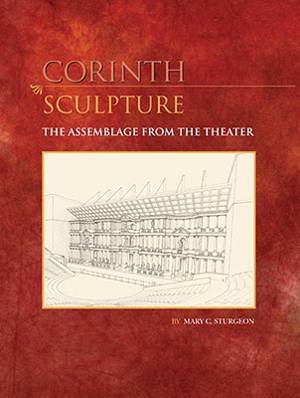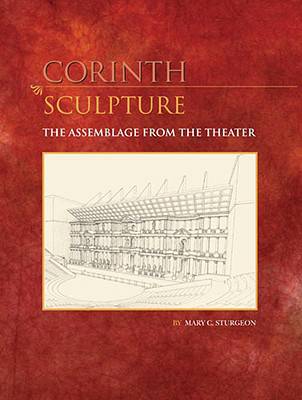
- Retrait gratuit dans votre magasin Club
- 7.000.000 titres dans notre catalogue
- Payer en toute sécurité
- Toujours un magasin près de chez vous
- Retrait gratuit dans votre magasin Club
- 7.000.000 titres dans notre catalogue
- Payer en toute sécurité
- Toujours un magasin près de chez vous
118,95 €
+ 237 points
Format
Description
At the time of its creation in the Hadrianic period, the Corinth Theater presented the most elaborate form of Roman theater architecture to date; a three-storied columnar facade made of multicolored marble. The polychrome architecture did not stand alone, for the scaenae frons was also impressively embellished with painted marble reliefs beneath the columns, with painted statuary between the columns and in the niches, and with painted busts in the pediments. This blaze of color would have conveyed many different messages to ancient audiences since the sculptural complex evoked the Theater's political, religious, and cultural function as well as the self-identification of the city. A colossal seated portrait of the deified emperor Trajan dominated the display, surrounded by other members of the Roman imperial family. However the depiction of Gigantomachy, Amazonomachy, and Herakles scenes on podia and the Greek character of other sculptures around the building made a conscious link to indigenous culture. As the author's reconstruction shows, the entire assemblage, arranged in thematic segments, would have attempted to resolve in symbolic form the real cultural negotiation at the heart of Roman Corinth. This book presents in detail the freestanding sculptures, assembled from fragmentary remains, and reveals an additional group of architectural sculptures as well as figures in niches and between columns. With Corinth IX.2, it completes the publication of sculptures excavated from the theater by the American School of Classical Studies at Athens. Drawing on over 30 years of study, the author also presents her ideas about sculptural decoration in the Corinth theater and throughout the Roman East. Using epigraphical as well as architectural evidence she explores questions of dedication and patronage to shed important new light on the social role of Roman theater, a forum for far more than just entertainment.
Spécifications
Parties prenantes
- Auteur(s) :
- Editeur:
Contenu
- Nombre de pages :
- 270
- Langue:
- Anglais
- Collection :
Caractéristiques
- EAN:
- 9780876610930
- Date de parution :
- 01-10-04
- Format:
- Livre relié
- Format numérique:
- Genaaid
- Dimensions :
- 234 mm x 310 mm
- Poids :
- 1614 g







